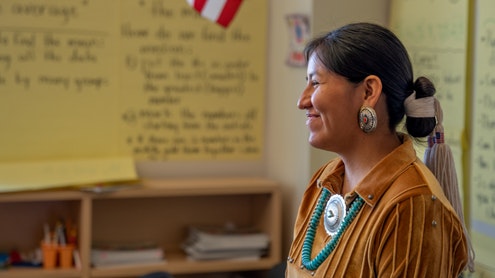Homepage
•
Learning Library
•
Blog
•
15 Resources for Teaching Native American History and Culture
Expand breadcrumbs
Expand breadcrumbs
- Learning Library
- Blog
- 15 Resources for Teaching Native American History and Culture
- Homepage
- •
- Learning Library
- •
- Blog
- •
- 15 Resources for Teaching Native American History and Culture
15 Resources for Teaching Native American History and Culture
By Jennifer Snelling
November 1, 2022








